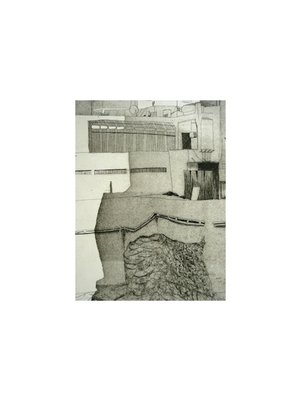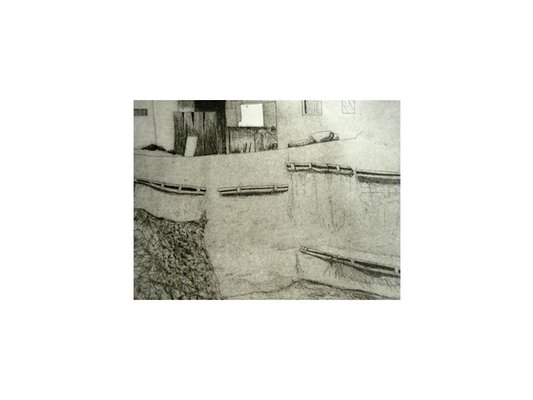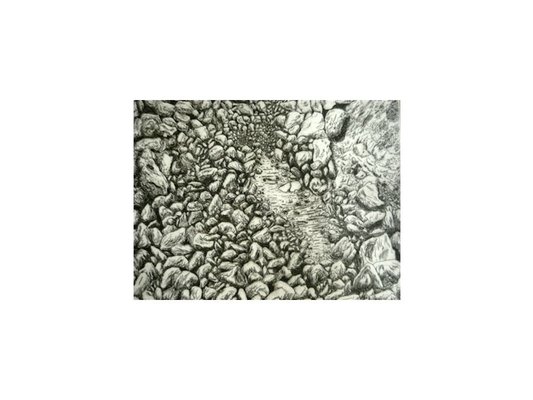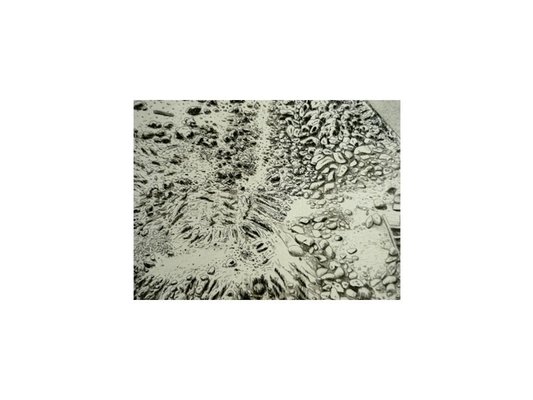Platform for discussion003
Can Artistic Practices Negotiate the Demands of Cultural Institutions, Public Space, and Civil Society?
When Umru' al-Qais stood by the traces of the tent of his beloved in the middle of the desert of Hijaz, he shed tears that became the key to Arab poetry. Until recently, no one could have guessed that those tents would one day be made of concrete. These days, and in many parts of the world, buildings fall and rise with such speed and to such heights that they begin to resemble the transient forms of nomadic housing. To make a tent into a tower is a brutal feature of post-modernity. The traces of the canvas tent indeed evoke nostalgic reminiscences in a desert wanderer. The sticks and stones that linger in the dead of the desert impress on the mind the image of a departed life. When the tent turns concrete, the asthmatic dust of pulverised histories asphyxiates the memory of a city transformed. The gaping holes left when an older house departs dizzy with their naked presence. The aporias in the city are unearthed and become subject to the elements.
Bigger holes threaten to swallow the surrounding structures. These holes reconstruct a landscape that recalls the traces that Arabs know as atlal. These gaping holes, which are rendered onto the earth to make way for new buildings, go through a process of mediation starkly different from the traditional Arab talal [singular form of atlal]. Whereas Umru' al Qais begins his poem by shedding some tears, the artist begins by recreating a sculpture of the talal. Then when Umru' al Qais gives the exact coordinates of the site of memory, the sculpture is inked and pressed on paper as if to recollect not so much the site, but the guts of the urban centre as it undergoes a process of desertification. Art turns the atlal into a site of permanence, an aporia of the city refusing to be resolved. The atlal function mnemonically but not to remind us of the Ottoman house that once stood in their place; rather, we are reminded of the age of globalisation in which nomadism joins forces with urban living and houses turn into tents, while tents turn into exotic adventures for the insatiable appetites of trend-setters.
Slowly burrowing into a zinc plate sterilises their fertile design. Zinc sculptures embody the eyes from the zinc roofs of shanty-towns as they are engulfed by the long shadows of the towering city. To retain the kinetic potency of these post-modern atlal is an act of political significance. The process of immortalising the atlal through etchings brings us closer to the aporia; lets it sprawl to confront the reality of post-modern nomadism. The holes are turned upside down, their crevices and cubic terrain inverted, so that we can climb in, right down to the bottom. We are drawn into the atlal as the best vantage point for a new criticality. The rodent's perspective challenges the bird's eye of the penthouse owner. The atlal become a site, not so much of memory, but of heightened antagonisms, where the artist knows how to outsmart the young, successful family that has a mortal fear of rodents. The family surrounds itself with cats, dogs and maids but the rodents know the cracks in the walls that will provide their entrance.
What is a platform?
A platform is a space for speaking in public. It is an opportunity to express ideas and thoughts. It also suggests the formal declaration of a stance or position on any given subject.
Unique to Ibraaz is a 'platform', a question put to writers, thinkers and artists about an issue relevant to the MENA region. This platform is sent to respondents both within and beyond the MENA region and contributions will be archived every 12 months.




